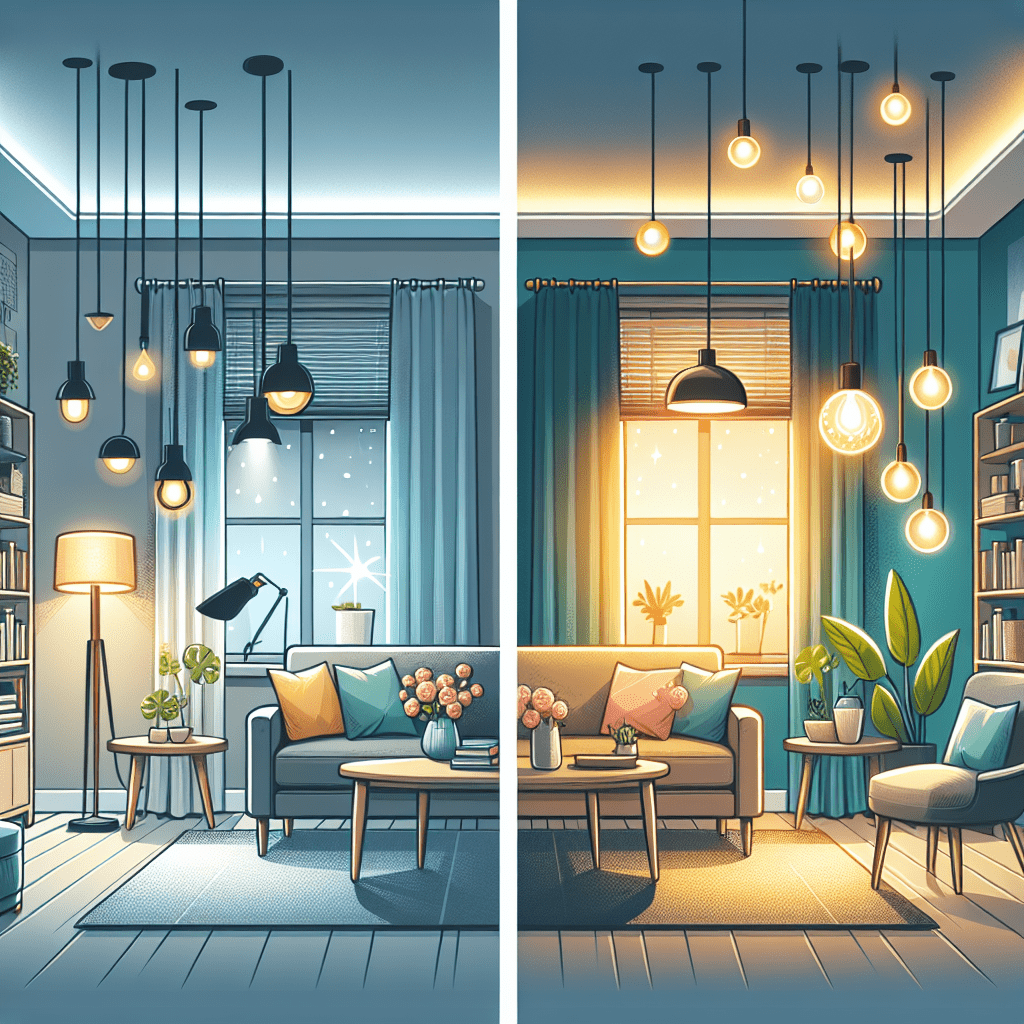Lighting is a crucial aspect of Interior Design that often gets overlooked. However, the right lighting can completely transform a space and create the desired ambiance. Whether you’re designing a home, office, or retail space, proper lighting is essential for both functionality and aesthetics. In this article, we’ll explore why lighting is so important in Interior Design and how you can use it to enhance your space.
1. Enhances the Overall Design
Lighting plays a key role in highlighting the design elements of a space. Whether it’s a piece of artwork, a statement piece of furniture, or architectural details, the right lighting can draw attention to these features and create a focal point in the room. By strategically placing lights, you can accentuate the beauty of your space and create a visually appealing environment.
2. Sets the Mood
The type of lighting you choose can greatly influence the mood of a room. Soft, warm lighting can create a cozy and intimate atmosphere, perfect for bedrooms and living rooms. On the other hand, bright, cool lighting can energize a space and enhance productivity, making it ideal for kitchens and home offices. By carefully selecting the color temperature and intensity of your lights, you can set the desired mood for any room.
3. Improves Functionality
In addition to aesthetics, lighting also plays a functional role in Interior Design. Proper lighting is essential for performing tasks such as reading, cooking, or working. Task lighting, such as desk lamps or under-cabinet lights, can provide focused illumination for specific activities. Ambient lighting, on the other hand, creates a general illumination that helps to navigate a space and prevent eye strain.
4. Enhances Visual Comfort
Harsh glare and shadows can make a room feel uncomfortable and unwelcoming. By carefully planning the placement of lights and using fixtures that diffuse light, you can create a pleasant and inviting environment. Indirect lighting, like wall sconces or recessed lights, can help to soften shadows and reduce glare, creating a more comfortable space for both residents and visitors.
5. Adds Depth and Dimension
Lighting can also be used to add depth and dimension to a room. By layering different types of lighting, such as ambient, task, and accent lighting, you can create a dynamic and visually interesting space. Shadows and highlights created by strategic lighting can make a room feel larger, cozier, or more dramatic, depending on the effect you’re trying to achieve.
Conclusion
As you can see, lighting is a vital element in Interior Design that can greatly impact the look and feel of a space. By understanding the importance of lighting and how to use it effectively, you can transform your home or workplace into a stylish and functional environment. Whether you’re looking to create a cozy bedroom retreat, a productive home office, or a welcoming living room, lighting is key to achieving your design goals.
FAQs
Q: What are the different types of lighting?
A: There are three main types of lighting – ambient, task, and accent lighting. Ambient lighting provides overall illumination, task lighting is focused on specific activities, and accent lighting highlights specific features or objects in a room.
Q: How can I improve the lighting in my space?
A: To improve the lighting in your space, consider adding a mix of different lighting sources, such as overhead lights, lamps, and sconces. Use dimmer switches to control the intensity of the light and experiment with different color temperatures to create the desired ambiance.
Q: What are some common lighting mistakes to avoid?
A: Some common lighting mistakes include using only overhead lights, neglecting to layer different types of lighting, and using lights with the wrong color temperature for the space. Avoid these mistakes by considering the function and mood of the room when planning your lighting design.
Tip
Remember to consider natural light when planning your lighting design. Natural light can enhance the overall ambiance of a space and reduce the need for artificial lighting during the day. Use curtains or blinds to control the amount of natural light coming into the room and complement it with artificial lighting for a well-balanced and harmonious environment.
#Importance #Lighting #Interior #Design

